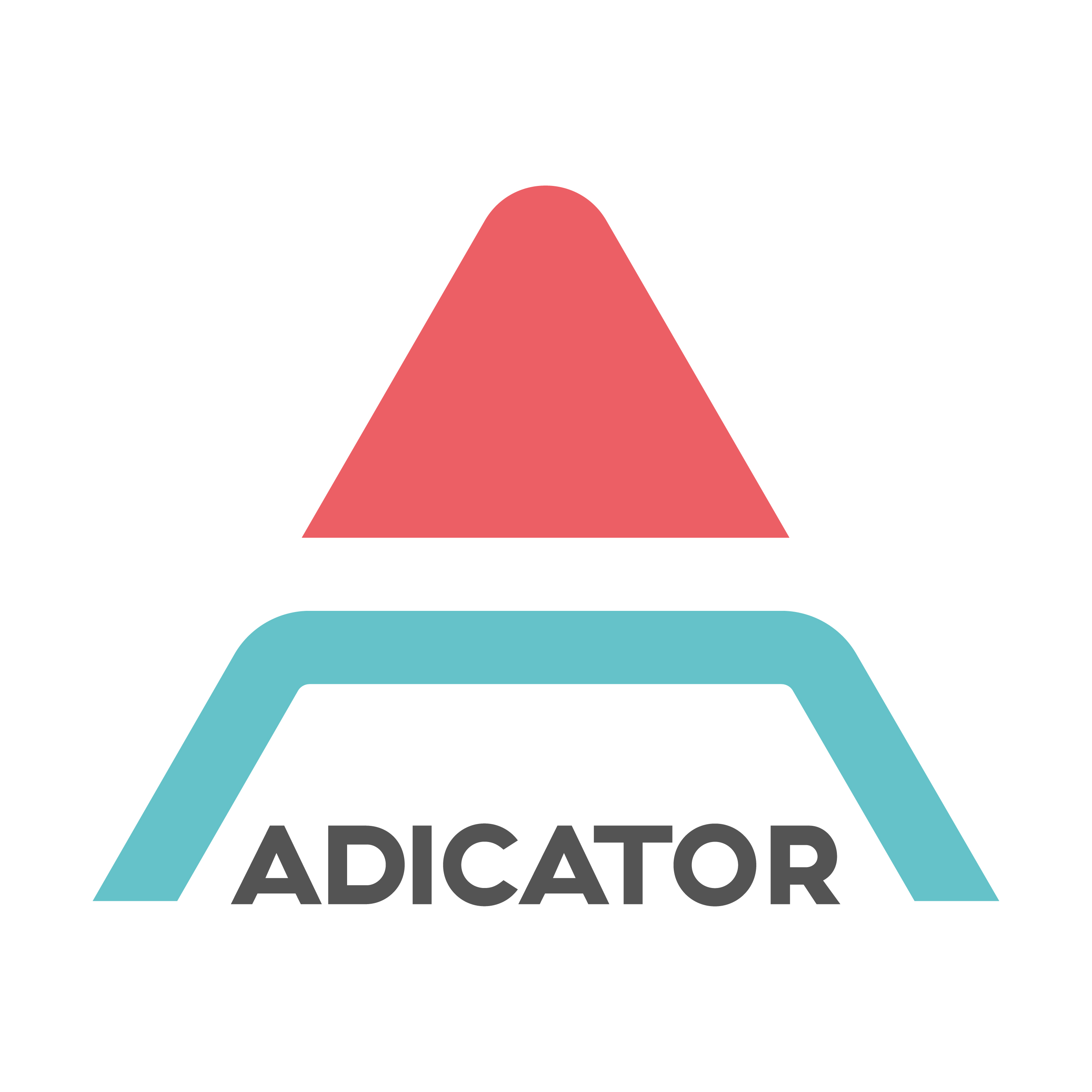5 Steps to Having Successful Problem Solving Conversations
- Adicator Digital Marketing Agency

- Mar 28, 2022
- 2 min read
an Overview of the Problem-Solving Process

Problem-solving discussions are an excellent method to increase your team's quality and assist them in their daily tasks. They may take some time, but they are well worth the effort.
This post will go over some of the greatest problem-solving conversation tactics and how to lead a discussion.

Step 1: Determine the Issue at Hand
Ensuring you have explicit knowledge of the problem is the first stage in the problem-solving process. Includes identifying and studying the situation to determine its entire scope. After you've done that, it's time to develop some inventive solutions.
Step 2: Solution Brainstorming
Brainstorming is a fantastic approach to coming up with new ideas. It's a technique that may be applied to any project in either business.
The following are some brainstorming techniques:
• A trigger or stimulus can help you come up with a good idea.
• The concept can be sparked by asking team members questions and then having them respond with all of the possible solutions one by one.
• An existing product can be used to develop an idea by visualizing what would happen if the concept altered it somehow.
Step 3: Assessing and Choosing Solution
It's challenging to evaluate and choose the best answer. To acquire the greatest possible result, you'll need time, effort, and skill. When analyzing and selecting solutions, various decision-making processes can be applied. The evaluation viewpoint is one of these decision-making strategies.
One of the most widely utilized decision-making strategies for evaluating and selecting solutions is the evaluation viewpoint. This method focuses on assessing the quality of each option based on its advantages and disadvantages.
There are three basic steps in the evaluation process:
1. List all possibilities.
2. Consider all possibilities.
3. Choose an option.
Step 4: Putting the Selected Solution into Practice
1. Determine the problems.
2. Know what everyone's interests are.
3. Make a list of potential solutions.
4. Consider your options.
5. Choose one or more alternatives.
6. Agree on backup plans, monitoring, and evaluation.
Step 5: Follow-up and Results Evaluation
After completing the previous stages, you may believe that you have achieved your aim and solved the problem.
But this isn't the end of the story. It must be taken care of and followed to get results and solve problems, with the results being evaluated to achieve the best result.
You may encounter situations that regularly demand assistance and problem resolution, necessitating additional attention.
Remember that achievement and growth help you solve challenges and reach new heights.

If you want to make sure your discussion focuses on improving understanding, you can use Zforms. BUY NOW.





Comments